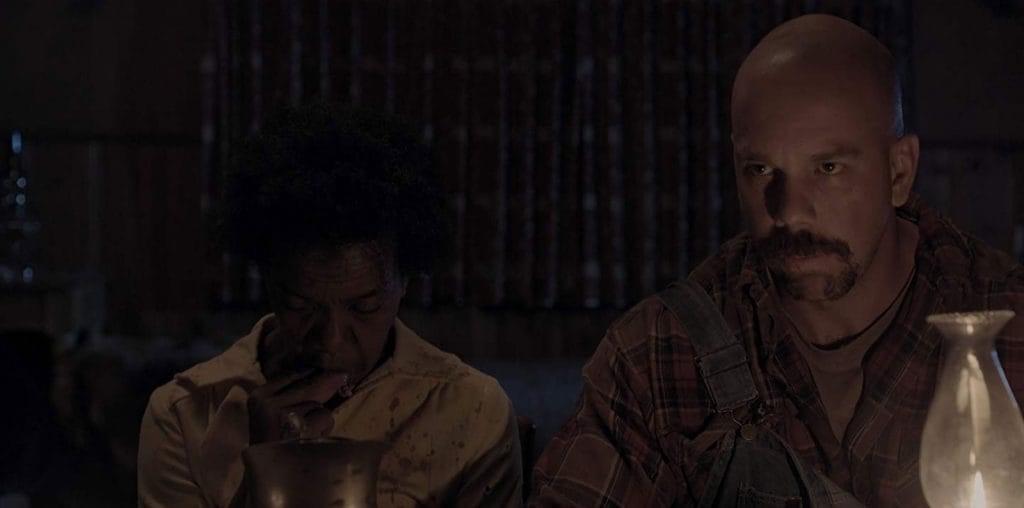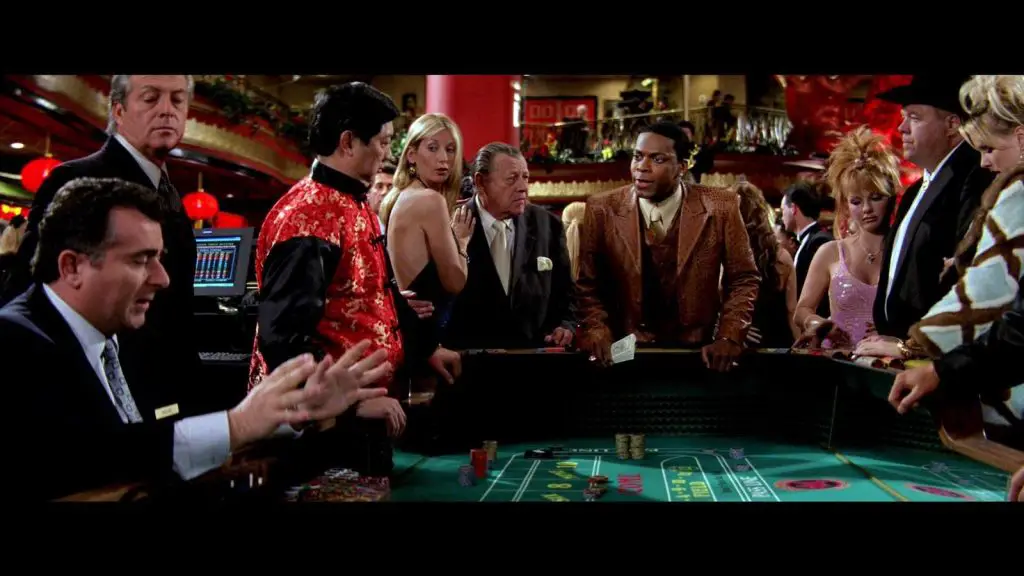
The kings and queens of blues music gathered on February 7, 2003, for a concert held at New York’s Radio City Music Hall. There were also a few jokers in that deck. The resulting concert has been captured on film with “Lightning in a Bottle,” a documentary which wobbles and weaves as much as often as it soars.
The concert at the heart of the film was called “Salute to the Blues” and it was designed to benefit music education. An incomplete history of the blues was presented during the concert: heavy with its roots in the American south and its evolution in 1940s inner city Chicago, but conspicuously vague on its waning popularity among African-American audiences since the 1950s (the audience at the concert was overwhelmingly white) and totally silent on the acute lack of contemporary young blues singers.
The concert and the film take off when the blues royalty reign, both on stage and in wonderful backstage moments. The unexpected shock during the rehearsal period of a regal Odetta berating the orchestra for drowning out Ruth Brown’s singing is, by itself, worthy of the admission price. Both women are in fine voice on stage (especially Ms. Brown, who overcame a stroke to regain her vocal prowess), and veteran performers such as B.B. King, Sonny Burke, Larry Johnson, Clarence “Gatemouth” Brown and David “Honeyboy” Edwards are true living treasures whose talents and charms have only grown stronger with the passing years.
Strangely, the concert organizers decided to pad the concert with performers with a shaky connection to the blues. Some of these artists prove their mettle: Bonnie Raitt is an equal alongside B.B. King and Angelique Kidjo is brilliantly paired with Buddy Guy. Some performers give fine performances, even if their numbers don’t quite belong in the show (India.Arie’s bravura rendition of “Strange Fruit” and Chuck D’s seething anti-Bush rap rewrite of John Lee Hooker’s “Boom Boom”). And then there is a hirsute David Johansen, who doesn’t even belong in the same building as these people – let alone share the stage with guitar legend Hubert Sumlin.
Director Antoine Fuqua doesn’t seem to give too much attention to detail: some backstage interviews are out of focus, the floor-level teleprompters are clearly visible in certain shots, and the visual quality of the tape-to-film transfer for this video production is inconsistent. An interview with David “Honeyboy” Edwards is tagged with subtitles designed to clarify what he is saying, even though his diction is perfectly clear.
“Lightning in a Bottle” is flawed, to be certain. But when it works, the experience is sublime.

